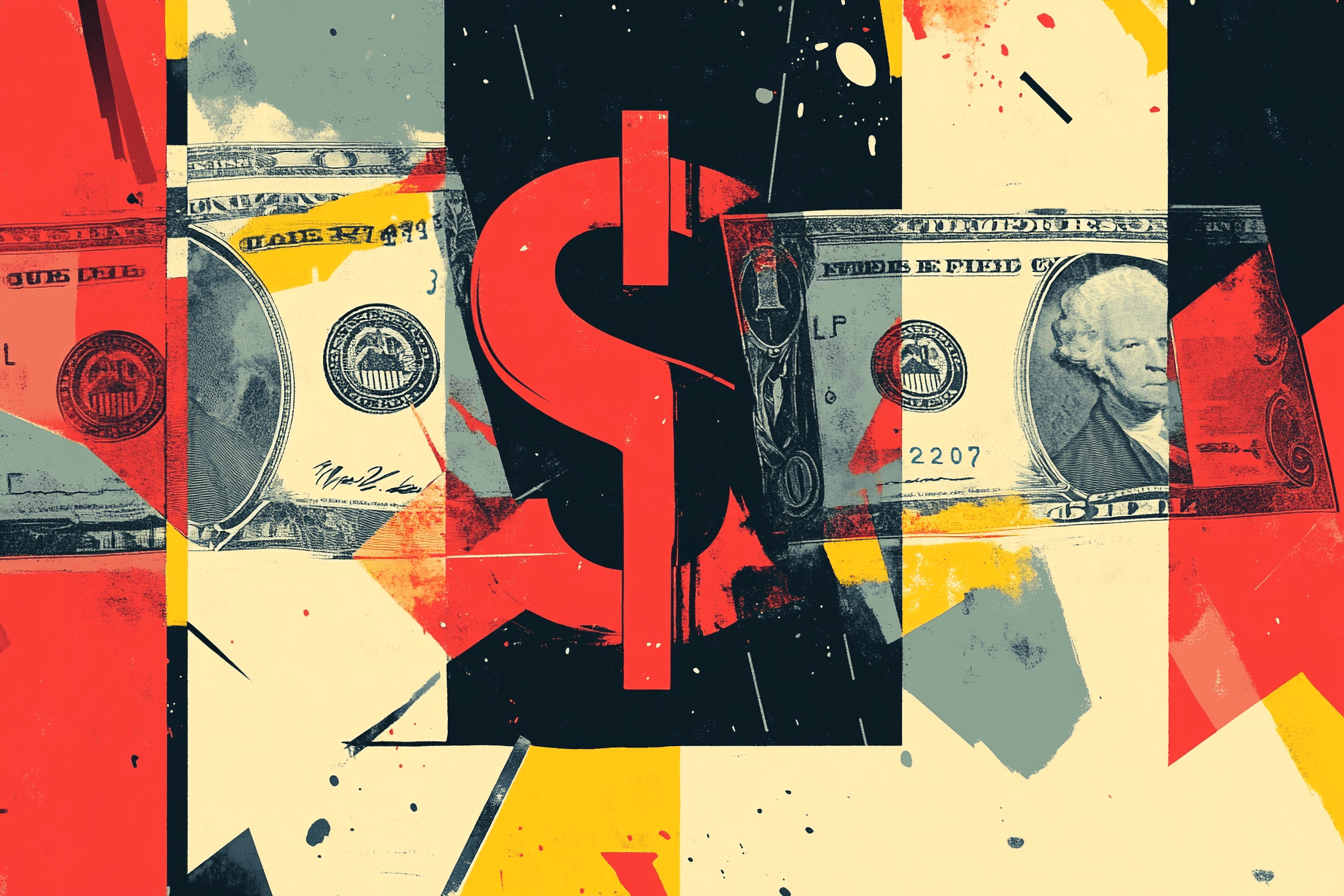When Will the US Enter Recession?
In his first term, Trump cut taxes before imposing tariffs—this sequencing helped cushion the negative impact of protectionism on US growth. A commentary by Lorenzo Bini Smaghi

After the first 100 days of Trump’s second administration, the overriding question is not only if but also when a US recession will set in.
The probability of a downturn rises with the release of each new economic data. The latest figure—a 0.3% contraction in GDP for the first quarter—should be interpreted with caution, due to the surge in imports in recent months as businesses sought to get ahead of the tariffs that took effect in early April.
Nevertheless, there is little reason to expect major improvements in the near term. Indicators such as consumer confidence already point to a sharp slowdown.
The rise in prices of imported goods triggered by the new tariffs will inevitably erode household purchasing power and dampen consumption. Inflation remains stubbornly high, preventing the Federal Reserve from cutting interest rates. This keeps mortgage costs elevated—a strain that is manageable as long as employment remains robust.
However, at the first signs of rising unemployment, the risk of borrower defaults will climb, forcing banks to tighten credit standards and exacerbating the downturn.
Forecasting is particularly fraught in the current climate, given the unprecedented policy shock inflicted on the US economy in the form of tariffs and the uncertainty surrounding the full scope of measures still to be implemented.
The decision to delay the implementation of certain tariffs for 90 days—affecting selected countries and products—pending negotiations that have yet to begin, only deepens the sense of unpredictability, with unforeseeable effects on business and consumer behavior.
Compounding matters, the attempt to aggressively streamline the public sector by the so-called DOGE (Department of Government Efficiency) has sown widespread insecurity across large swathes of US society, further dampening consumption—a dynamic unlikely to be reversed quickly, even after Elon Musk’s recent decision to scale back his involvement.
The IMF has just revised down its US growth forecast by nearly a full percentage point compared with the previous forecast, earlier this year, although it is still not projecting a recession.
Yet these forecasts already appear outdated. According to the latest estimates from leading private-sector research centers, the probability of a recession has now surpassed 50%.
Financial markets are echoing this pessimism. The dollar has depreciated by nearly 10% against the euro in less than a month. Perhaps more telling is the signal coming from the US yield curve, with short-term interest rates now markedly higher than yields on 3- to 5-year Treasury notes.
Since the end of January, short-term rates—those on 3- to 6-month maturities—have held steady at around 4.3%, while the 5-year yield has fallen from 4.4% to 3.7%, indicating growing expectations of an economic slowdown. An inverted yield curve typically reflects recessionary expectations—barring a swift pivot in monetary policy.
The current fragility is exacerbated by the absence of meaningful counterweights to stem the erosion of confidence. Any prospective fiscal stimulus via tax cuts will take time to pass through Congress and, amid political deadlock and a deteriorating public finance outlook, is now increasingly at risk.
In his first term eight years ago, Trump took a different tack—implementing tax cuts first, which delivered an immediate boost and helped offset the subsequent drag from tariffs on the US economy.
This time, the sequence has been reversed—arguably driven by a desire to quickly impose tariffs and punish the rest of the world, seen as the source of America’s woes. As a result, the US economy is bearing the brunt of these costs before any fiscal stimulus materializes.
Moreover, US public debt is in a far more precarious state than it was eight years ago, and interest rates are no longer anchored around zero.
At this stage, the most rational solution to avoid a recession would be a 180-degree course correction, with a full rollback of the trade restrictions introduced so far. Such a move is politically difficult. .
However, it is far better in this case to act proactively—as François Mitterrand did in 1983—than to be forced by markets, as Liz Truss discovered in 2022.
A first version of this article was published in the Italian daily Il Foglio
IEP@BU does not express opinions of its own. The opinions expressed in this publication are those of the authors. Any errors or omissions are the responsibility of the authors.
